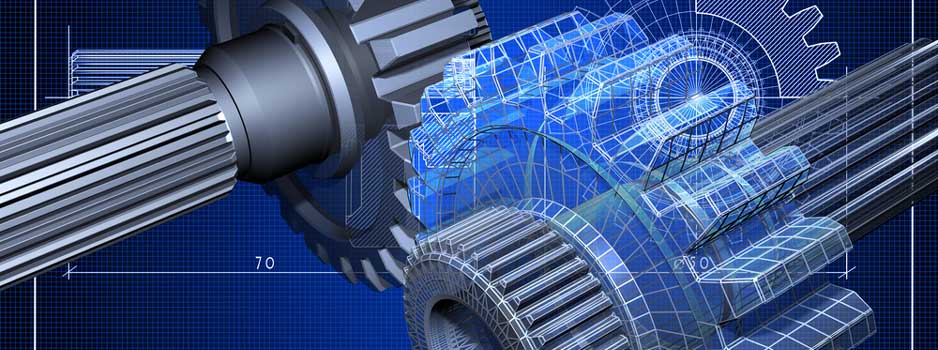
Mechanical Engineering Design: The Role of DFM and DFA
Designing products for consumers requires an understanding of mechanical engineering design principles. In this post, we’ll look into two main concepts governing mechanical engineering design processes: DFM and DFA.
What is DFM?
Design for Manufacturing (DFM) is an engineering concept that centers on creating products that are easy to manufacture. DFM’s main goal is to engineer a new product in such a way that it will reduce manufacturing costs once the product is ready for mass production.
The main elements extensively used in DFM include:
- Materials
- Processes
- Product Design
- Environment
- Testing and Compliance
DFM allows you to have a holistic product design check on a manufacturing view. It’s best to consider including DFM early on during the product design process. By doing so, you can spot and address challenges that make your product design unnecessarily costly to manufacture.
DFM typically encompasses all engineering disciplines, yet its implementation differs and adapts to various manufacturing technologies.
What is DFA?
Design for Assembly (DFA) is another mechanical engineering concept focusing on creating easy-to-assemble products.
Practicality dictates that products should be as simple as possible to avoid wasting costs, materials, time, and effort. Ease of product assemble translates to lesser parts, streamlined products, and fewer assembly time and costs.
The Design for Assembly Method was initially introduced in 1977 as a cost-saving tool for designers. It allows product designers to:
- Reduce the number of parts used to assemble a product
- Optimize products to make them easier to handle during manual and/or automatic assembly
- Improve the quality of the assembled end-products
- Lessen assembly labor and costs
DFA Method encompasses three main assembly types: Manual, Automated, and Robotic. Each assembly method has specific guidelines on how to standardize and simplify assembly practices.
Importance of DFM and DFA in Mechanical Engineering Design

DFM and DFA play huge roles in mechanical engineering design. They can positively impact product design and creation when both used properly and in unison.
Here are some benefits of these two concepts in product design and development:
- DFM and DFA principles safeguard a product’s functionality. They allow you to create streamlined products that are simple yet straightforward and functional. Your product gets to the gist of its function right away without any unnecessary parts to hinder its use.
- You’ll save more on manufacturing and assembly costs when you use DFM and DFA for your product design. As a result, you can offer a quality end-product to your consumers at lower prices and enjoy better profits from them as well. You can then direct your savings to produce more of your products and create new ones.
- Your product reaches the market in a shorter period. Multiple design revisions are eliminated due to DFM and DFA control protocols, so your product is finished faster and is ready for marketing right away.
- Production efficiency is achieved when DFM and DFA principles are applied in the manufacturing and assembly process. As manufacturing and assembly become lighter, efficiency in creating your products increases.
It is recommended to apply DFM and DFA at the earliest stages of the product life cycle. This is to maximize the benefits of both systems and allow any changes to be implemented earlier while production costs are still low.
DFM and DFA are mechanical engineering design principles that both serve as guidelines and cost-saving tools for designers. In the simplest terms, DFM eases up manufacturing and DFA simplifies assembly processes.
Implement them both early on the product development cycle and see significant savings, efficiency, and reliability in the creation of your product.
